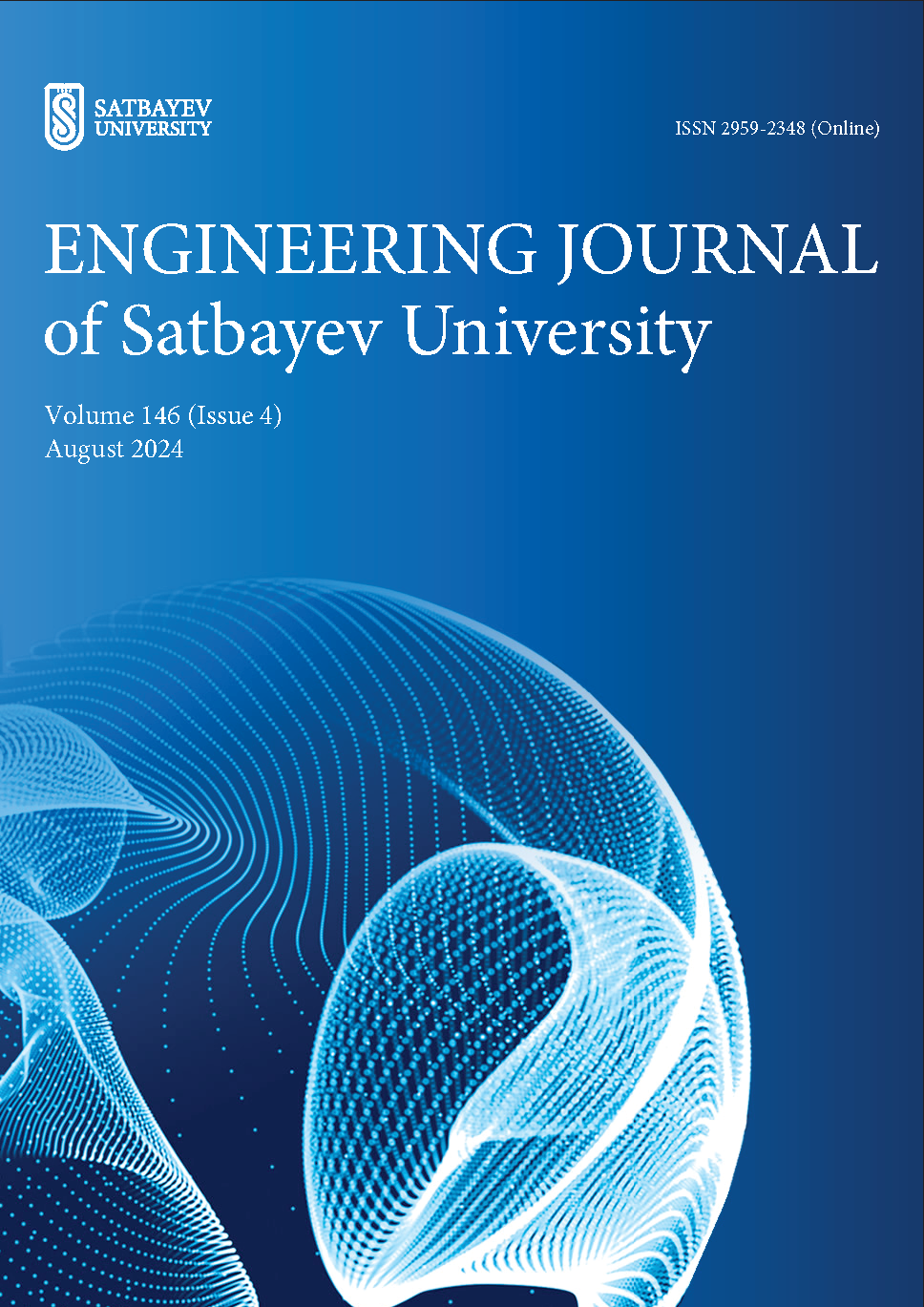Analysis and research of flocculant reagents for thickening operations of flotation concentrate in the processing technology of fine-dispersed chrome ores
DOI:
https://doi.org/10.51301/ejsu.2024.i4.03Keywords:
fine-dispersed chrome ores, processing, beneficiation methods, flocculant, flotoconcentrate, thickeningAbstract
This research presents a systematic review of innovative methods for determining the influence of the concentration of flocculant reagents TOPFLOC 714, NALCO 8172PULV, and Magnofloc 5250 in recycled water for the purpose of dewatering sludge from treatment facilities during the processing of fine-dispersed chrome ores using the gravity-flotation method of enriching aged tailings at the Donskoy GOK. It also examines the degree of influence of amine components of flocculants in recycled water on the technological processes of gravity and flotation beneficiation, as well as the corrosion resistance of equipment. A review of modern water treatment methods is provided. A systematic review and analytical assessment of the results of 10 selected scientific studies on the methodology for determining the efficiency of flocculants for dewatering sludge from treatment facilities in the processing of fine-dispersed chrome ores was conducted, covering the period from 2006 to 2023. The study results show the use of easily accessible, safe, and cheap biodegradable polymers through innovative methods. Additionally, the research demonstrates successful examples of thickening oxide minerals after gravity separators and flotation machines to achieve good results in sedimentation of sludge from treatment facilities in fine ore processing. The pH of the solution influences the behavior of polymer chains. The clarification of industrial wastewater from gravity and flotation processes depends on both the type and concentration of the applied flocculants. A systematic review of dewatering methods for sludge from treatment facilities processing fine-dispersed chrome ores was carried out with an analysis of the advantages and disadvantages of the selected methods. Overall, the results highlight the importance of using flocculant reagents and applying innovative methods for the sedimentation of fine-dispersed chrome ores to enhance beneficiation efficiency and improve resource utilization.
Downloads
Published
How to Cite
Issue
Section
License
Copyright (c) 2024 Engineering Journal of Satbayev University

This work is licensed under a Creative Commons Attribution-NonCommercial-NoDerivatives 4.0 International License.
<div class="pkpfooter-son">
<a rel="license" href="http://creativecommons.org/licenses/by-nc/4.0/"><img alt="Creative Commons License" style="border-width:0" src="https://i.creativecommons.org/l/by-nc/4.0/80x15.png"></a><br>This work is licensed under a <a rel="license" href="http://creativecommons.org/licenses/by-nc/4.0/">Creative Commons Attribution-NonCommercial 4.0 International License</a>.
</div>





